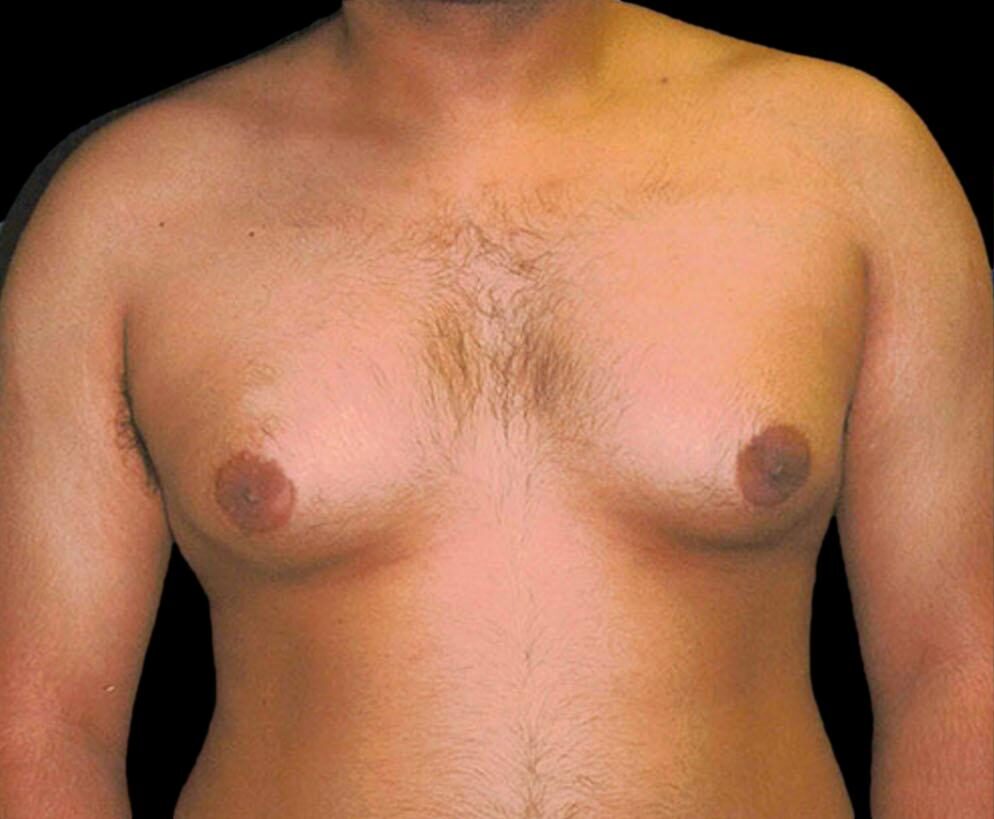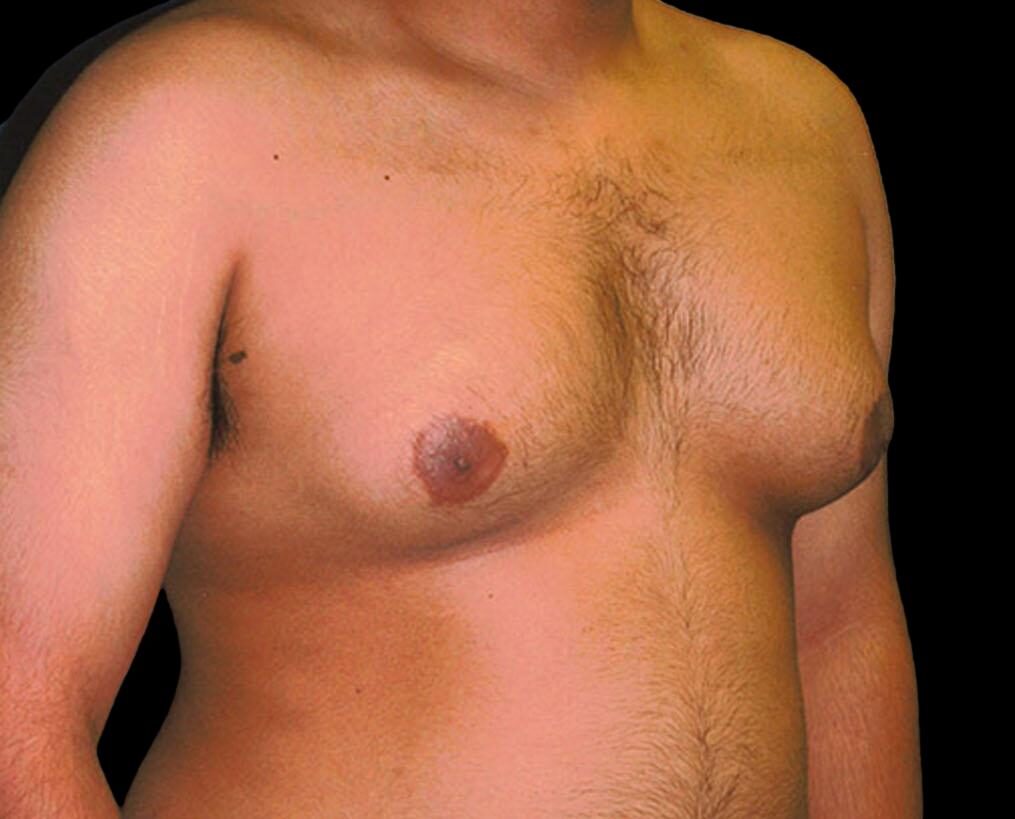Male Breast Reduction / Gynecomastia Surgery in Vancouver
Men who have excess breast tissue on their chest may benefit from male breast reduction surgery. Many men will develop excess tissue in their chest area during adolescence, while some can have a hormonal imbalance. Medications that contain estrogen or use of steroids may lead to this condition.
Before & After
Every patient’s journey is unique, and we are proud to showcase real transformations achieved through personalized care and advanced surgical techniques. Our before and after photos feature actual patients who have consented to share their results, highlighting the natural, individualized outcomes you can expect from our practice.
See MoreThe Surgical Experience
Gynecomastia surgery is performed through a combination of special liposuction technique and excision. A small incision is made around the areola (intra-areolar). This incision is typically 1.5 cm in length, and is not readily visible once healed. This incision allows access for lipousction, and for removal of excess fat and breast tissue. In severe gynecomastia cases, following resection of excessive breast tissue, tightening of loose skin may be necessary. All male breast reduction procedures are performed under general anesthesia as an outpatient procedure at an accredited surgical facility. The surgery typically lasts 2 hours. Following surgery, there will be some swelling and a compression garment will be worn for 4 weeks. Most patients are able to resume normal work schedules within 5-7 days and incorporate exercise within 4 weeks. In most cases, scarring is inconspicuous.
Cost
The cost of gynecomastia surgery varies based on the extent of the surgery.
Frequently Asked Questions
What is gynecomastia?
Will liposuction alone treat the problem?
Will I have scars?
What is the recovery like?
Will I have a drain after surgery?
Will I need to wear a compression garment after surgery?
Will I have pain and sickness after surgery?
Request a Consultation
You deserve the best solutions to achieve your positive body image. Consult with top plastic surgeons in Vancouver and rest of BC.







